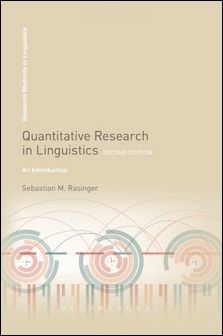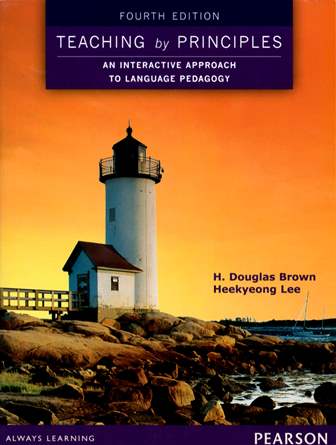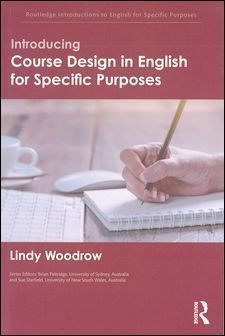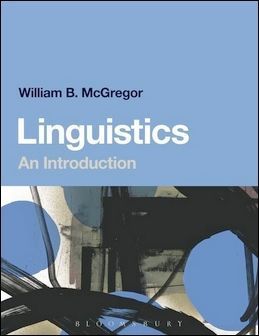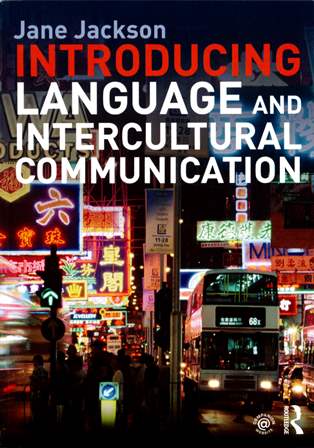書籍分類
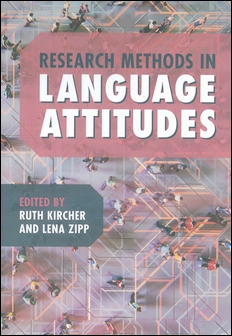
Research Methods in Language Attitudes
作者:Ruth Kircher, Lena Zipp
原價:NT$ 1,500
ISBN:9781108811668
版次:1
年份:2022
出版商:Cambridge University
頁數/規格:432頁/平裝單色
參考網頁:Research Methods in Language Attitudes
版次:1
年份:2022
出版商:Cambridge University
頁數/規格:432頁/平裝單色
參考網頁:Research Methods in Language Attitudes
內容介紹 目錄 作者介紹
- Description
- Surveys key issues for researching language attitudes in a variety of disciplines.
- Provides a state-of-the-art overview of the methods used to investigate language attitudes.
- Covers research planning and design, data collection and analysis techniques for each method, as well as case studies from a wide range of linguistic contexts.
Attitudes towards spoken, signed, and written language are of significant interest to researchers in sociolinguistics, applied linguistics, communication studies, and social psychology. This is the first interdisciplinary guide to traditional and cutting-edge methods for the investigation of language attitudes. Written by experts in the field, it provides an introduction to attitude theory, helps readers choose an appropriate method, and guides through research planning and design, data collection, and analysis. The chapters include step-by-step instructions to illustrate and facilitate the use of the different methods as well as case studies from a wide range of linguistic contexts. The book also goes beyond individual methods, offering guidance on how to research attitudes in multilingual communities and in signing communities, based on historical data, with the help of priming, and by means of mixed-methods approaches.



